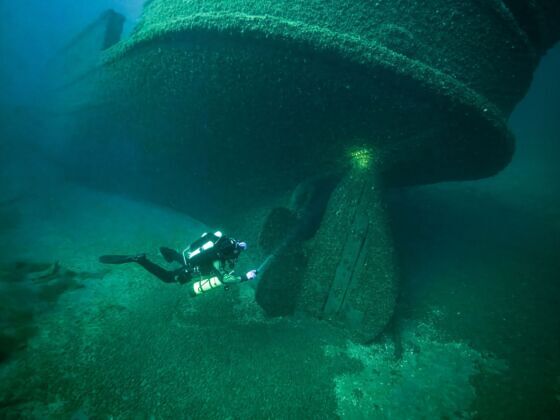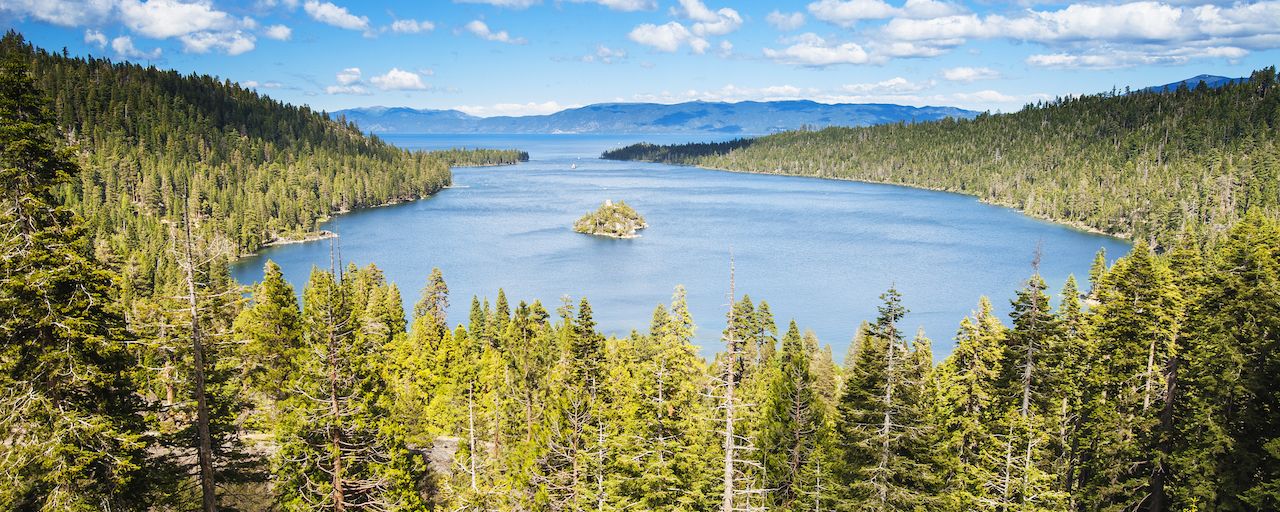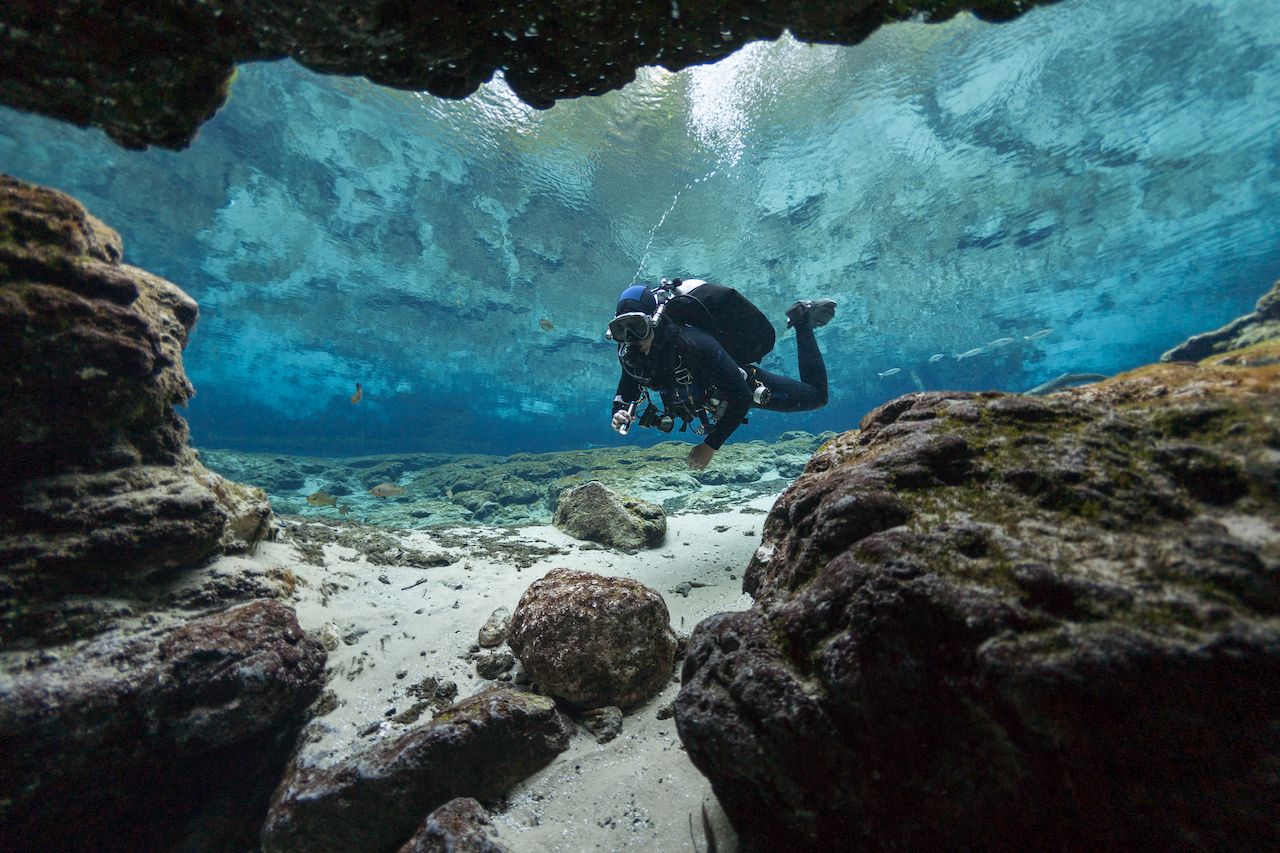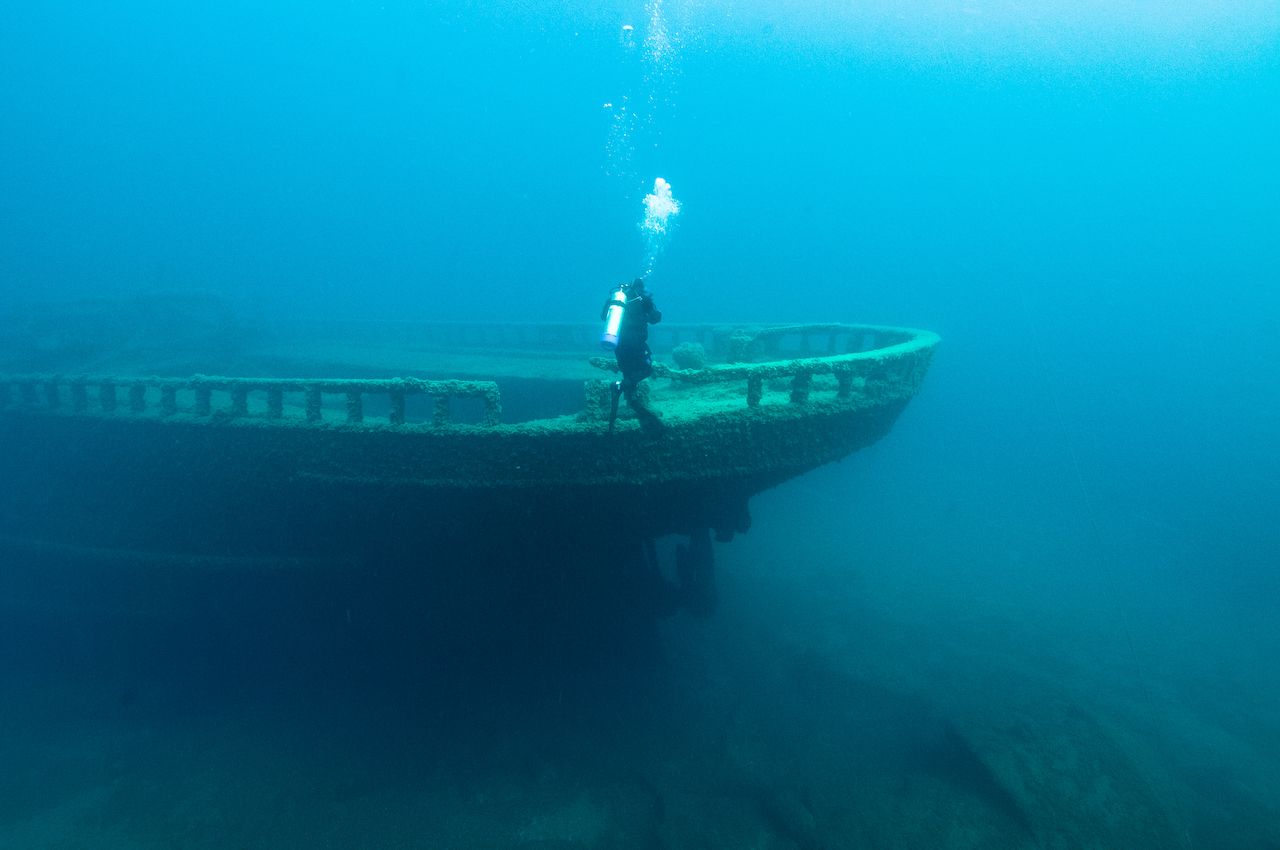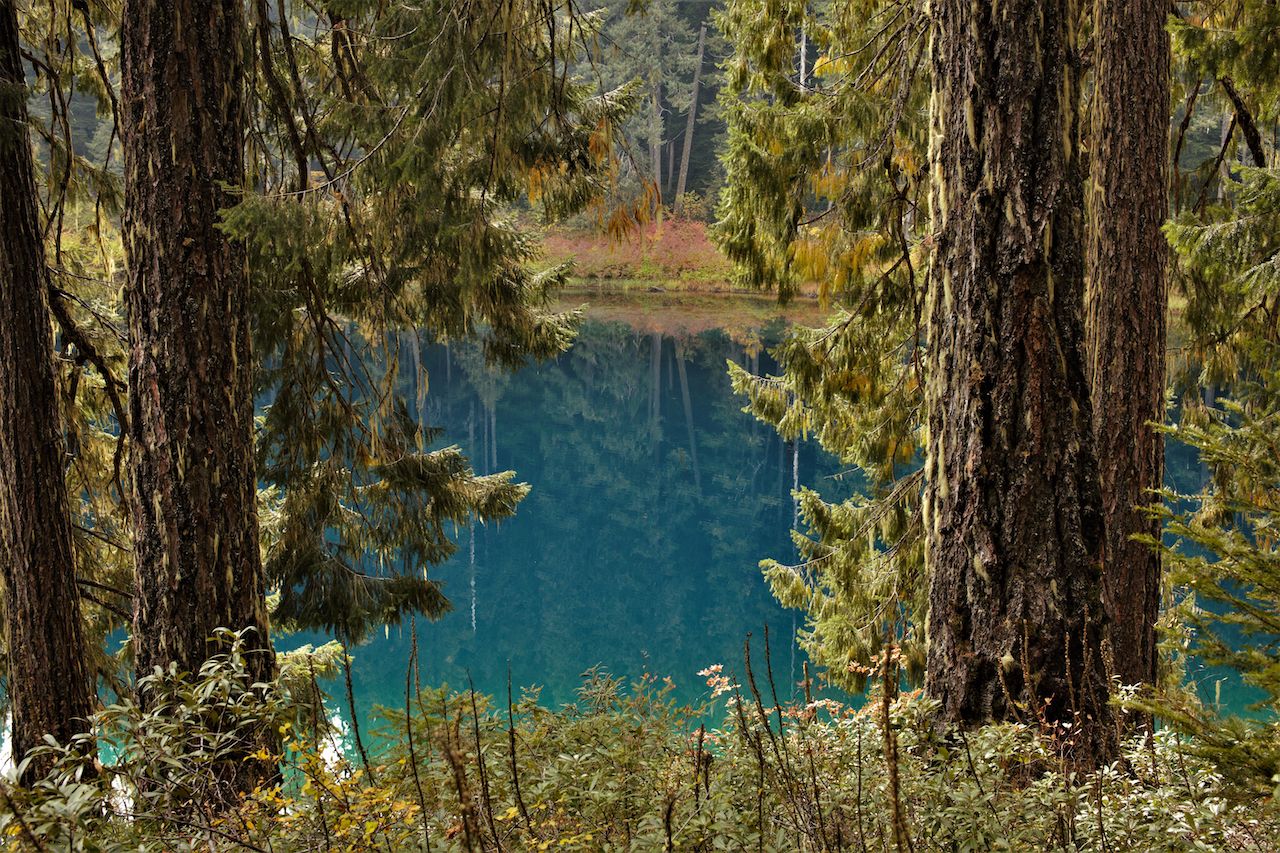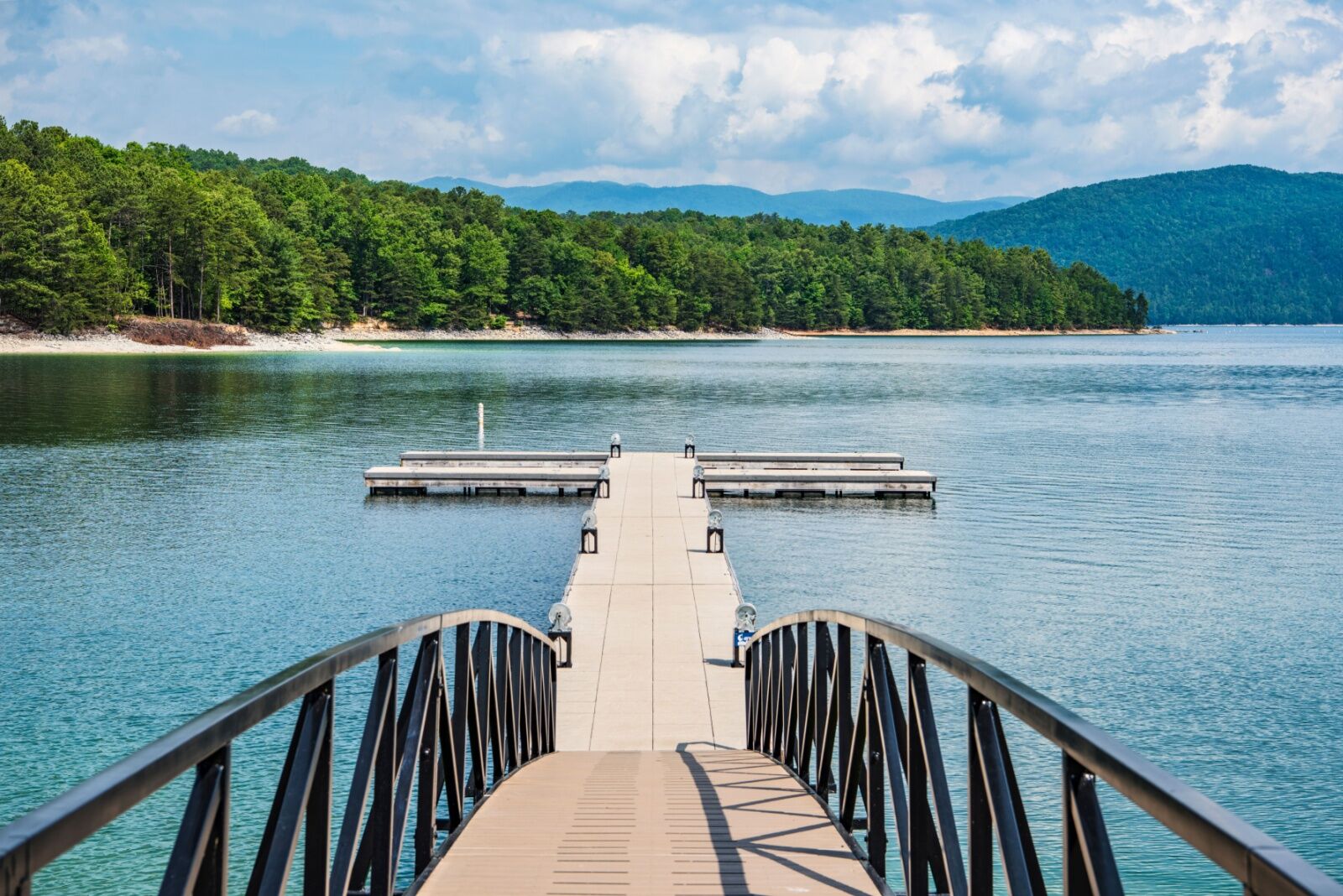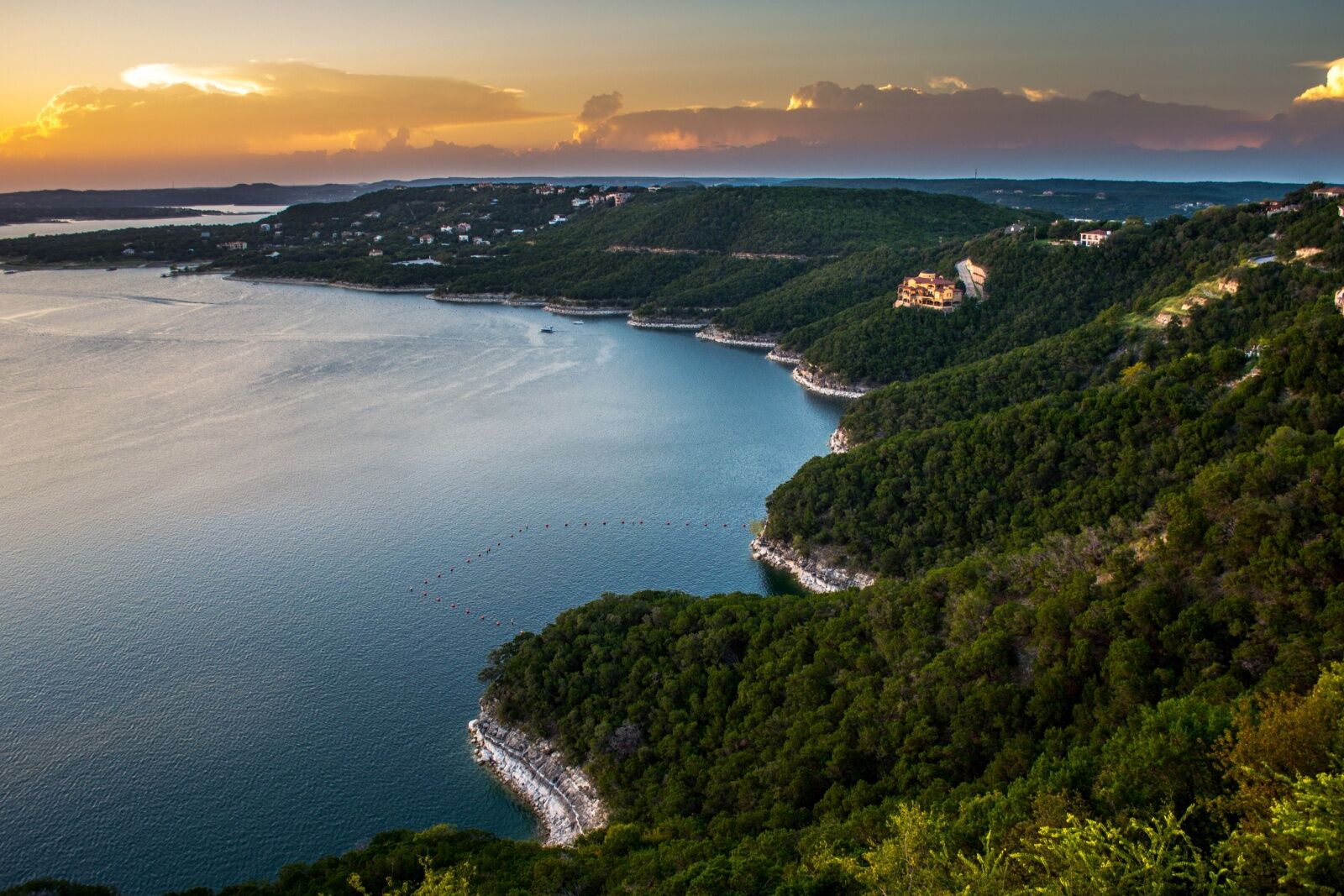When most people think about scuba diving, they think about tropical destinations, clear water, and boat rides in the sunshine to reach coral reefs or underwater rock formations. But if you live near one of the lakes below popular with scuba divers, you may be surprised to realize that some of the best diving in the US is far from any ocean coastline. Lake diving can be more varied, more exciting, and more adventurous than your standard coral reef drift dive, and comes with the added bonus of getting to visit some of the prettiest lakeside destinations in the US.
Today, more and more divers are realizing the beauty of lake diving: diving in fresh water in more inland locations. These often challenging and rewarding destinations are ripe for underwater photography and once-in-a-lifetime adventures in otherworldly landscapes, sometimes surrounded by dramatic backdrops like alpine forests or rocky cliffs and gorges.
These are seven of the best lake diving locations in the US, plus the run-down on what skills and equipement you’ll need for each one, as well as recommended dive shops.
